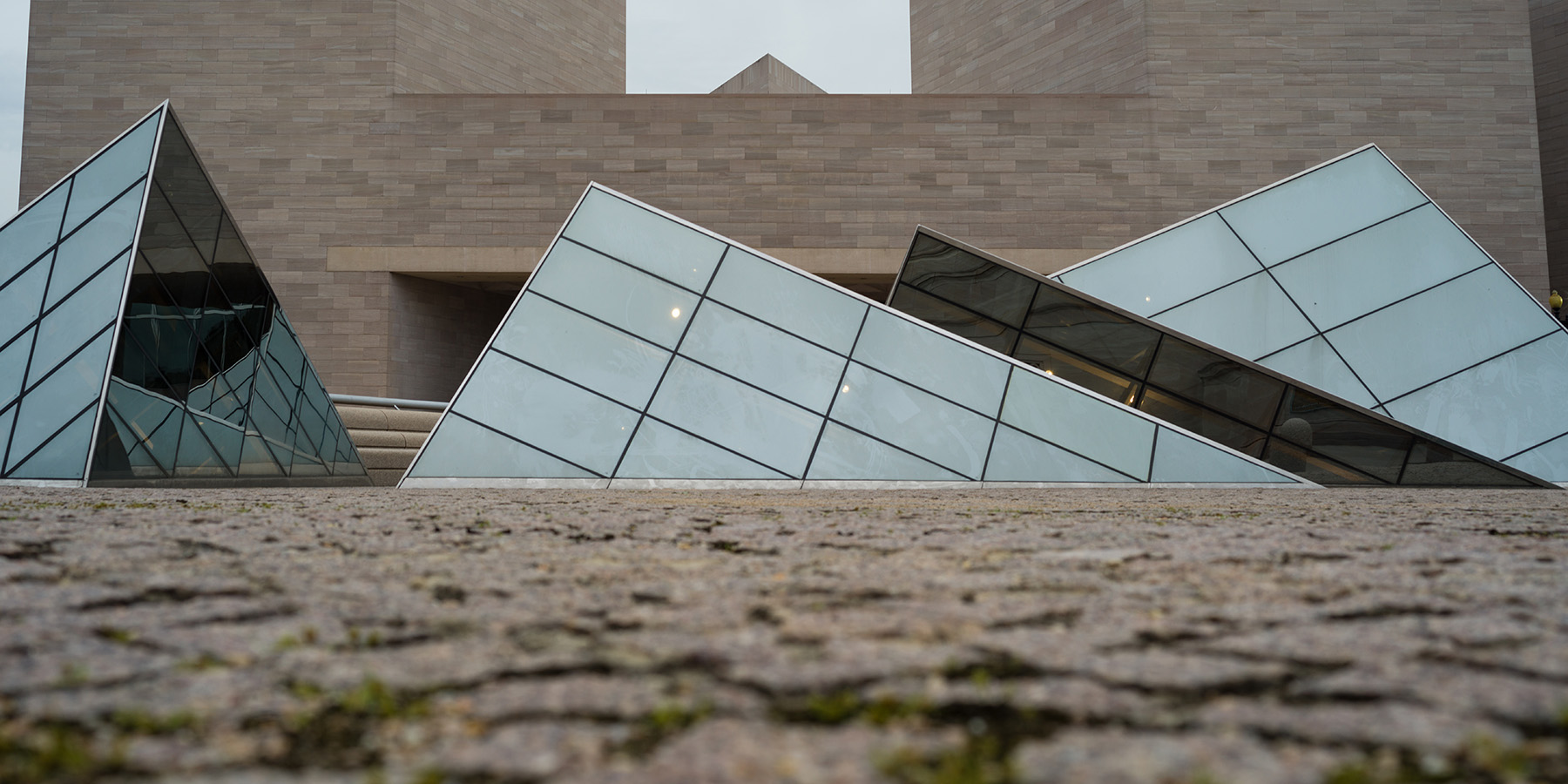Despite the visual and written clues within the photographs, it is difficult nonetheless to fully gauge the narrative logic within Frank’s work, whether in his microcosmic attention to the relationship between objects within the frame, or in the wider sequencing of the numerous photobooks he created. While most of his photobooks appear to function as visual memoirs, they also resolutely refuse to thematize their content in straightforward chronological terms. The books, often a combination of interior shots, portraits of friends, and still lifes of personal objects, render a very interior world—one that retains a sense of secrecy while paradoxically facilitating Frank’s distinct form of expressive lyricism. Instead of trying to piece together an overarching narrative that might explain the meaning and sequence of his books, I have come closer to an understanding of them as investigations into the ontological nature of photography as an act, one that—for Frank—is always private and oblique.
In this regard, I owe a great debt to the advice of Philip Brookman and Sarah Greenough, curatorial staff in the photographs department of the National Gallery, as well as to Liang-Pin Tsao, visiting from Lightbox Photo Library in Taipei, and the Andrea Frank Foundation in New York. Their advice reminded me of how uncompromising and fertile Frank’s aesthetic can be. My aim is now to disseminate my research through a one-day symposium in collaboration with the University of South Wales, and then subsequently include it in a collection of critical essays on Frank’s photobooks. Rather than see Frank’s use of the still-life format as an aesthetic break from The Americans, I wish to consider his use of Polaroids as proof of a continuing desire to expand the parameters of his photographic practice. For Frank, the interrogation into the minutiae of his private world was also about illuminating the procedural marvels of the camera. So not so much about telling a “true” version of the artist’s life; rather, Frank provides a workman’s approach to using all materials at hand, the bits and pieces salvaged from a long life of holding still as a photographer, and continuously going on as an artist.
Goldsmiths, University of London
Paul Mellon Visiting Senior Fellow, summer 2022
Dr. Caroline Blinder has returned to her post as reader in American literature and culture in the Department of English and Creative Writing at Goldsmiths, University of London. A one-day symposium on Robert Frank will be held at Goldsmiths in September 2023.


